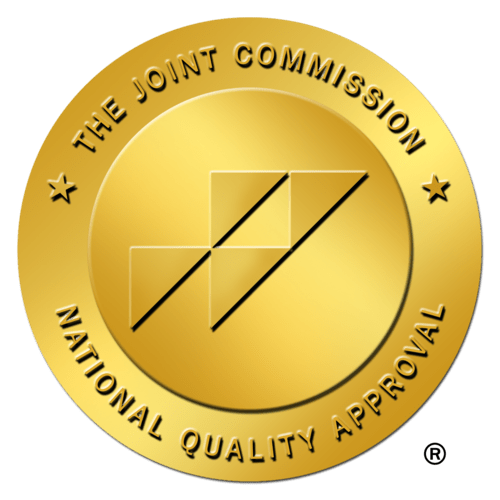
Becoming a phlebotomist in healthcare is a fulfilling career that helps patients and positively affects their health. This guide offers a deep insight into the path of becoming a certified phlebotomist. It covers everything from the foundational steps to costs and highlights the diverse opportunities within the field. Upon completing this guide, you'll possess a comprehensive understanding, equipping you to embark on this gratifying profession with confidence.
Understanding the role of a Phlebotomist
A phlebotomist is a highly trained healthcare professional responsible for drawing blood from patients for various medical purposes. This includes diagnostic tests, blood donations, transfusions, and medical research. Phlebotomists play a critical role in ensuring accurate and reliable blood samples, which are essential for effective patient care.
How long does it take to become a Phlebotomist?
Embarking on the journey to becoming a phlebotomist involves a series of well-defined steps. Each step, from education to training to certification, helps you become a skilled healthcare professional
- High School Diploma or GED (1-2 years): The first step in becoming a phlebotomist is obtaining a high school diploma or its equivalent. This educational foundation is crucial for further training in the field.
- Phlebotomy Training Program (3-6 months): Enrolling in a reputable phlebotomy training program is the next essential step. These programs provide both theoretical knowledge and hands-on experience in venipuncture techniques. The duration may vary depending on the program and institution.
- Clinical Experience (Duration Varies): Gaining hands-on experience in a clinical setting is a crucial part of phlebotomy training. This phase allows you to practice venipuncture techniques under the guidance of experienced professionals. The duration of clinical experience can vary but typically ranges from a few weeks to a few months.
- Certification (Optional, but Highly Recommended): While certification is not always mandatory, it significantly enhances your employability and earning potential. It also demonstrates your commitment to maintaining high standards in patient care.
How much does it cost to become a Phlebotomist?
Understanding the financial side of being a phlebotomist is important for getting ready for your career. Although expenses can fluctuate, having a rough estimate is valuable. Remember, these numbers are approximations, and the actual costs may deviate.
- Training Program Tuition: The cost of enrolling in a phlebotomy training program can range from $700 to $2,500 depending on the program you choose. This cost covers the educational resources and training you will receive.
- Books and Supplies: Budget an additional $200 to $500 for books, lab equipment, and other necessary supplies during your training.
- Certification Exam Fee (if pursued): If you choose to pursue certification, there will be an associated fee for the certification exam. This typically falls in the range of approximately $130 to $200.
How to become a Certified Phlebotomist
- Complete a Phlebotomy Program: Enroll in an accredited phlebotomy program aligned with nationally recognized certifying bodies. These programs offer a comprehensive curriculum that combines theoretical knowledge with practical skills.
- Accrue Valuable Clinical Experience: Spend a prescribed number of hours working in a clinical setting to refine your skills. This hands-on experience is crucial for becoming a proficient phlebotomist.
- Apply for Certification: Choose a reputable certifying agency such as the National Healthcareer Association (NHA) or the American Society for Clinical Pathology (ASCP) and follow their application process.
- Prepare for the Certification Exam: Utilize resources like practice exams, study guides, and review courses to ensure you are well-prepared for the certification exam.
- Successfully Pass the Certification Exam: Achieve a passing score on the certification exam to officially become a certified phlebotomist.
Opportunities for Phlebotomists
As a certified phlebotomist, you have the flexibility to work in various healthcare settings, each offering unique experiences:
- Hospitals and Clinics: Work with a diverse patient population, drawing blood for diagnostic testing and medical procedures.
- Laboratories: Handle the collection and processing of blood samples, ensuring accuracy in testing and analyzing.
- Blood Banks: Contribute to the safe and consistent supply of blood products for transfusions and medical treatments.
- Research Facilities: Collect blood samples for medical studies and clinical trials, contributing to advancements in healthcare.
- Long-term Care Facilities: Works with patients needing regular blood tests, forming lasting relationships for ongoing healthcare.
With a year of experience as a Phlebotomist in a healthcare setting, doors to more flexible opportunities swing open. You now have the chance to take greater control of your schedule and achieve a better work-life balance.
Platforms like CareRev offer a flexible work option, allowing you to choose phlebotomy shifts that best suit your preferences and career aspirations. This on-demand connection enables you to discover shifts that align seamlessly with your goals and preferred locations, all while making a meaningful impact in the healthcare field.
Your path to a rewarding career in Phlebotomy
Becoming a certified phlebotomist technician is an accessible and fulfilling entry point into the healthcare industry. With dedicated training, certification, and invaluable clinical experience, you're poised for a rewarding career that directly impacts patient care and well-being.
Remember, the journey to becoming a certified phlebotomist may vary for each individual, but the steps outlined in this guide provide a comprehensive roadmap to success. By investing in your education, gaining hands-on experience, and achieving certification, you'll be well-equipped to embark on this fulfilling career path.
Want to learn about other in-demand healthcare professions? Explore more professions with shifts offered through the CareRev App.





